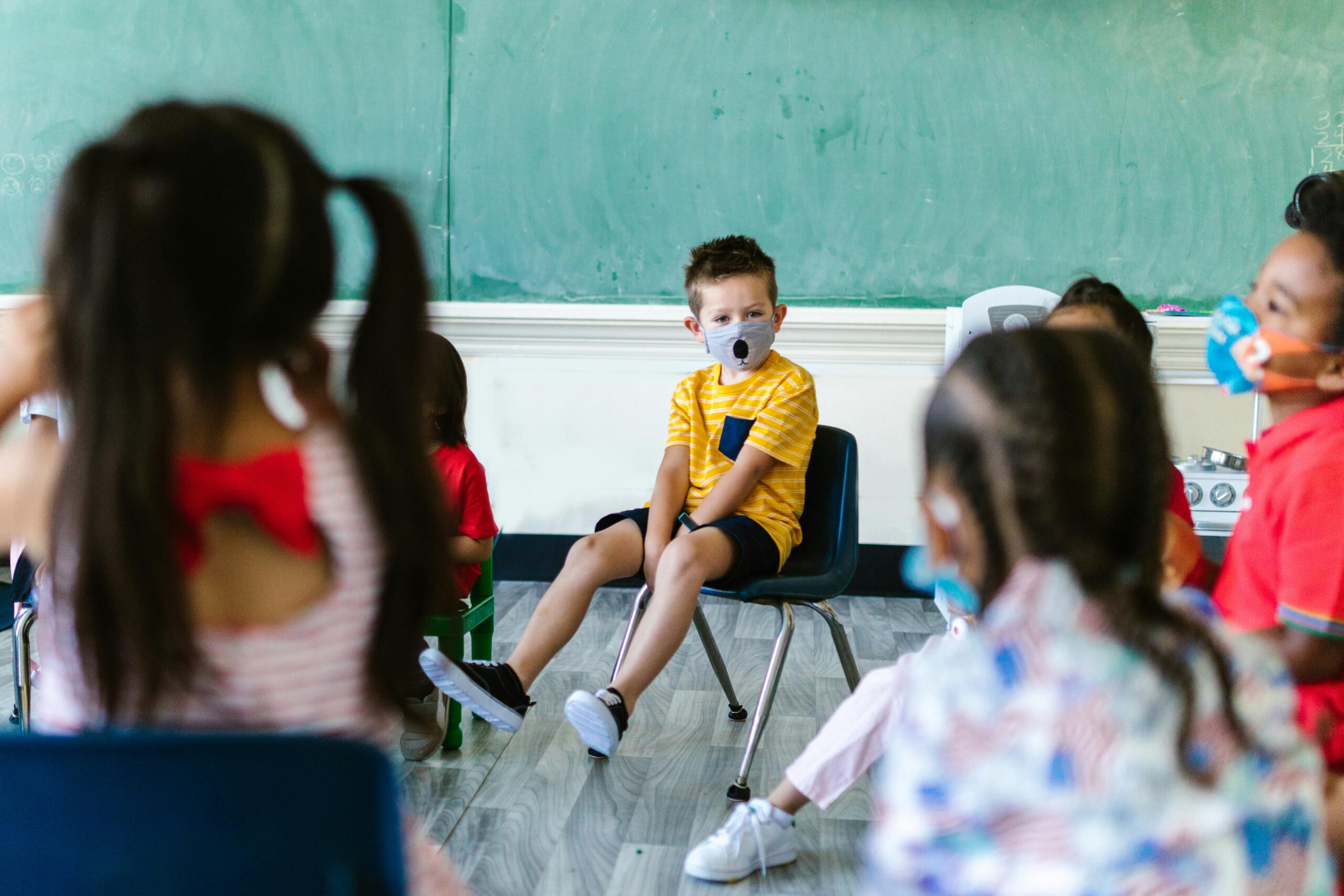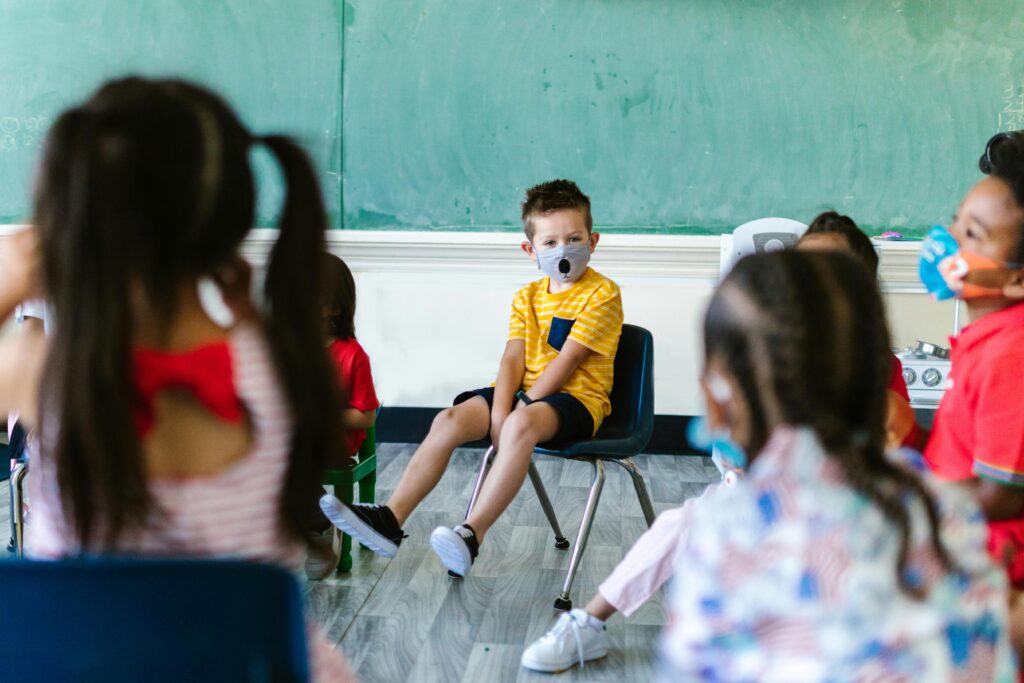A helpful guide for parents to manage sore throats in children. Learn the causes, symptoms, home remedies, and when to seek medical care for your child’s throat health.
Children’s sore throat, a common yet unsettling ailment that strikes often.
The unease children’s sore throat brings can disrupt daily routines and raise concerns about whether it’s a minor issue or a symptom of something more severe.
By understanding the signs and symptoms, parents can make informed decisions about their child’s health, potentially sparing their little ones from discomfort and preventing any serious health complications.
Identifying Sore Throat Emergency Signs
It’s crucial to recognize when children’s sore throat could signify a serious health issue:
- Breathing Difficulties:
Immediate medical care is needed if a sore throat is causing your child difficulty in breathing, indicating possible airway obstruction.
- Swallowing Troubles:
If your child has trouble swallowing or starts drooling, it might suggest severe swelling that could be dangerous.
- Persistent High Fever:
A fever over 102° F that doesn’t subside with common remedies like acetaminophen or ibuprofen needs medical evaluation.
- Unrelenting Severe Pain:
Pain that is persistent and severe requires urgent attention, as it could indicate a serious condition.
Common Causes of Children’s Sore Throat
While emergencies are rare, knowing the common causes helps in managing most sore throats effectively:
- Viral Infections:
These are the most frequent culprits, often accompanied by a runny nose, cough, and sometimes fever or body aches.
- Allergies:
Allergic reactions can cause sore throats due to nasal congestion and subsequent mouth breathing.
- Bacterial Infections:
Strep throat is a common bacterial cause, usually presenting without a cough but with fever and general malaise.
- Environmental Irritants:
Smoke, pollution, and swallowed irritants can lead to throat soreness.
- Gastroesophageal Reflux:
Acid reflux can irritate the throat, often coupled with stomachache or heartburn.
Seasonal Trends
Seasonal trends in children’s sore throat infections are notably influenced by the prevalence of various respiratory viruses, which typically peak during the colder months.
Data from the 2022–2023 influenza season in the United States indicated a significant spike in pediatric hospitalizations for flu-related symptoms, with over half of these hospitalizations occurring by the end of November.(www.cdc.gov)
Additionally, conditions like strep throat, caused by Group A streptococcus, are more common in late fall and early winter. This bacterial infection can result in significant throat pain and discomfort in children and is one of the primary reasons for doctor visits during these months. (cookchildrens.org)
Preventive Measures
Prevention remains the best approach to manage children’s sore throats:
-
Frequent Handwashing
Teach children the importance of washing hands regularly, especially before eating and after playing.
-
Routine Vaccinations
Keep vaccinations up-to-date, including annual flu shots and COVID-19 vaccines as recommended.
-
Educational Hygiene Practices
Make learning about hygiene fun and engaging, reinforcing its importance in a child-friendly manner.
- Mask Use in Crowded Places
During peak illness seasons or in crowded environments, encourage mask-wearing to minimize exposure to germs.
Proactive Care and Vigilance
As parents, our primary concern is understanding the various causes and treatments for children’s sore throat.
Remember, early recognition of serious symptoms can significantly impact the health outcomes of your child. Therefore, maintaining vigilance and being proactive in seeking care when necessary are paramount.
Always consult a healthcare provider for personalized advice and to ensure your child receives the best possible care tailored to their specific needs.

















